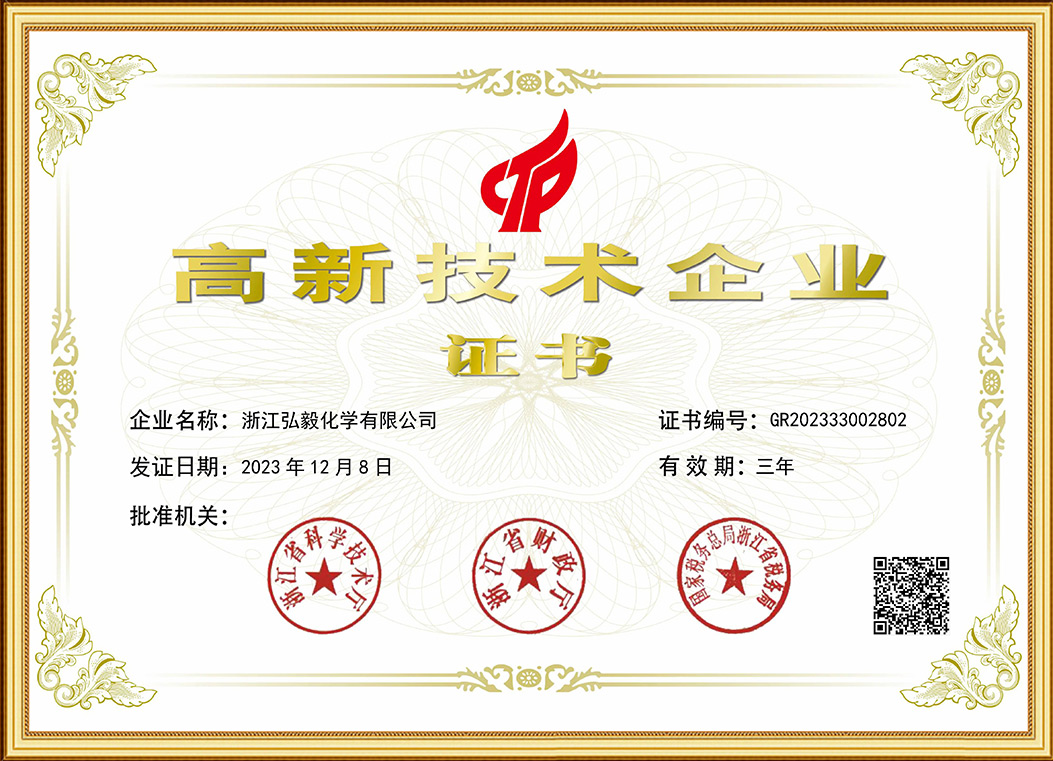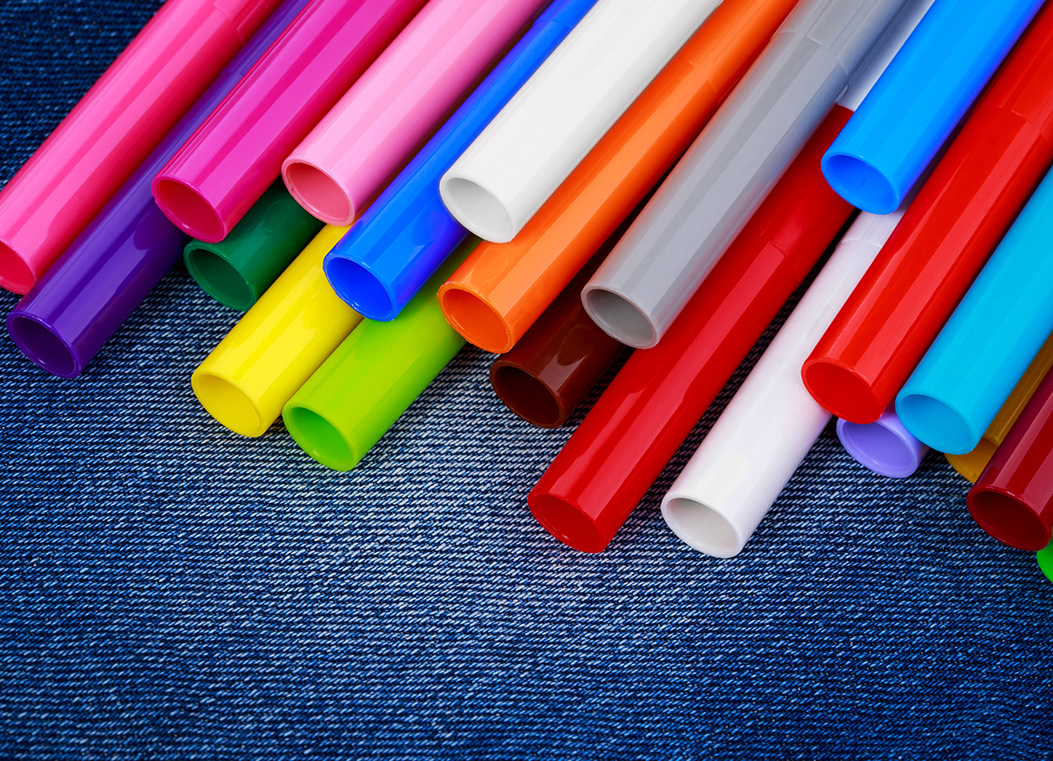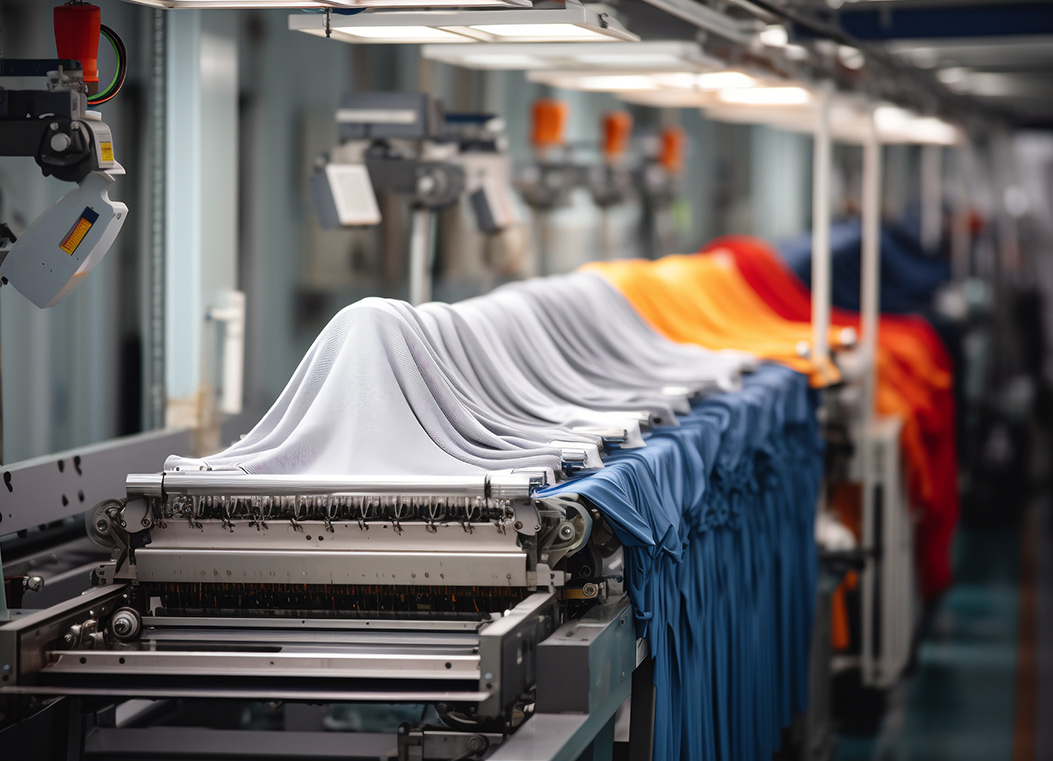From the crisp whiteness of plastic containers to the bright sheen of textile fabrics, the role of Fluorescent Whitening Agent in daily production is often unseen but impactful. Among the various options in this category, Optical Brightener OB-1 stands out for its ability to deliver consistent results across multiple manufacturing scenarios.
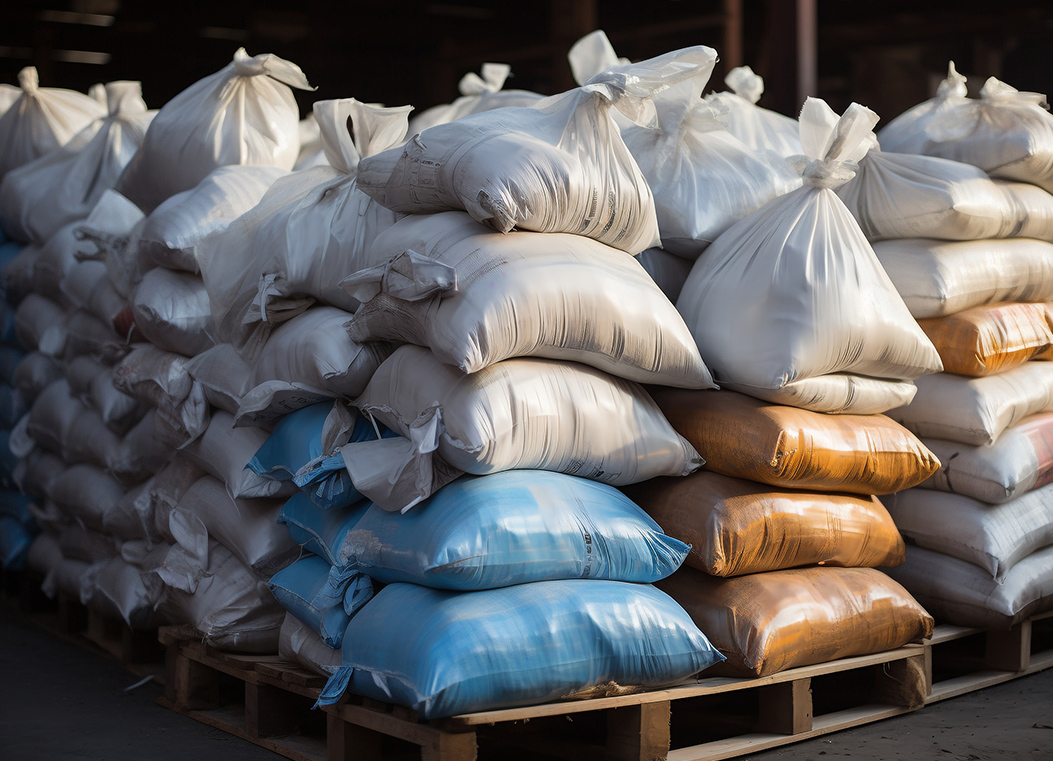
What is Optical Brightener OB-1?
Optical Brightener OB-1 is a type of fluorescent whitening agent. It is characterized by its bright yellow-green crystalline powder form. It is odorless and insoluble in water, but it can dissolve in paraffin, fat, mineral oil, wax, and common organic solvents. Its molecular formula is C₂₈H₁₈N₂O₂, and it has a molecular weight of 414.4547. The hue of the fluorescent light it emits is a blue light.
Key Attributes of Optical Brightener OB-1
High Whitening Intensity and Strong Fluorescent Effect
One of the primary features of Optical Brightener OB-1 is its high whitening intensity. It has a remarkable ability to enhance the brightness and whiteness of materials. When added to substances, it absorbs ultraviolet light and re-emits it as visible blue-white light. This not only makes the material appear whiter but also significantly increases its overall brightness, providing a more vibrant and appealing visual appearance.
Excellent Heat Resistance
Optical Brightener OB-1 has quite outstanding performance in terms of high temperature resistance. With a melting point in the range of 357-360 °C and a decomposition temperature above 450 °C, it is especially suitable for applications where materials are processed or formed at high temperatures. This property makes it a suitable choice for industries such as plastic manufacturing, where many plastic products are produced through high-temperature molding processes.
Good Light and Weather Resistance
In addition to heat resistance, OB-1 also exhibits good light and weather resistance. This means that materials treated with this optical brightener maintain their enhanced whiteness and brightness over time, even when exposed to sunlight and various weather conditions. This is crucial for applications where products are used outdoors or in environments with significant light exposure, such as in the case of certain plastic building materials or outdoor-use fabrics.
Applications of Optical Brightener OB-1
Plastics Industry
Optical Brightener OB-1 is widely used in the plastics industry. It can be applied to a variety of plastics, including polypropylene plastics, rigid PVC, ABS, EVA, polystyrene, and polycarbonate. When added to recycled plastics, it can make them appear as white as new materials. For new plastics, it further enhances their whiteness and brightness. Almost all plastic products can potentially benefit from the addition of OB-1. For example, in the production of plastic pipes, adding OB-1 can improve their aesthetic appearance, making them more visually appealing in building applications. The recommended dosage for plastics such as EVA, polypropylene fiber, and nylon is 75-200 g per certain amount of the base material, while for polyester fiber, it is 75-300 g.
Textile Industry
In the textile industry, OB-1 is suitable for whitening polyester fiber, nylon fiber, polypropylene fiber, and other chemical fibers. It is particularly effective in the whitening of polyester-based textiles. It can also be used for the whitening of polyester-cotton blended fabrics. When added to the polyester stock solution during the fiber-making process, it ensures uniform whitening throughout the fiber, resulting in a more consistent and brighter white color in the final textile product.
Polymerization Processes
OB-1 is suitable for adding in the conventional polymerization of polyester and nylon. During the polymerization process, the optical brightener becomes an integral part of the polymer structure. This not only provides long-lasting whitening effects but also helps in maintaining the quality and integrity of the polymer. For example, in the production of nylon filaments for use in high-end textiles or industrial applications, the addition of OB-1 during polymerization can enhance the appearance of the final product.
How to Use Optical Brightener OB-1
The proper usage of Optical Brightener OB-1 is crucial to achieve the desired results. Before the formation and processing of various plastic products or the drawing of polyester fibers, OB-1 should be mixed well with the materials. The amount of OB-1 added is typically 0.01-0.05% of the weight of the plastic or polyester grains.
In the paint and coating industry, there are two common methods of adding OB-1. One way is to add it in powder form during the grinding process of paint production, and then grind it together with the paint vehicle until it is fully ground into microparticles with a diameter ≤ 20 μm and evenly dispersed in the paint. The other method is to initially levigate OB-1 and then add it into the paint using a high-speed dispersion machine.
Across industries, the adoption of Optical Brightener OB-1 continues to grow as manufacturers seek to enhance the visual properties of their products. Its unique combination of attributes makes it a valuable component in various production processes, contributing to the development of high-quality, visually appealing materials.

 EN
EN 中文
中文 ES
ES
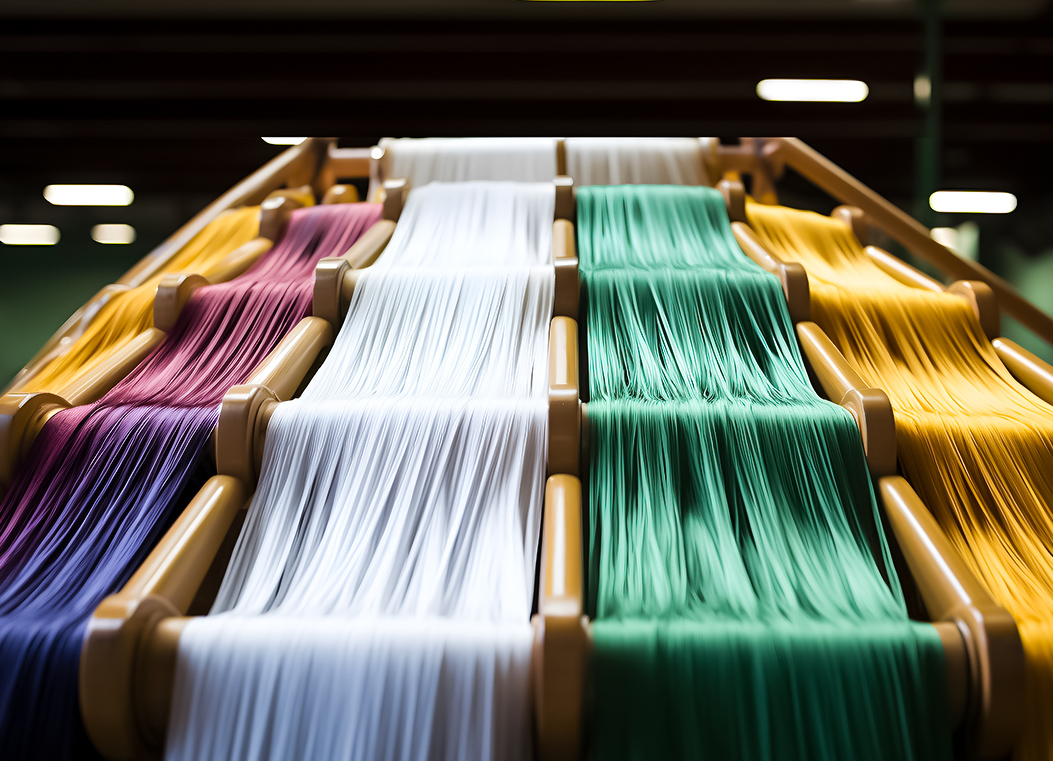



.jpg)
